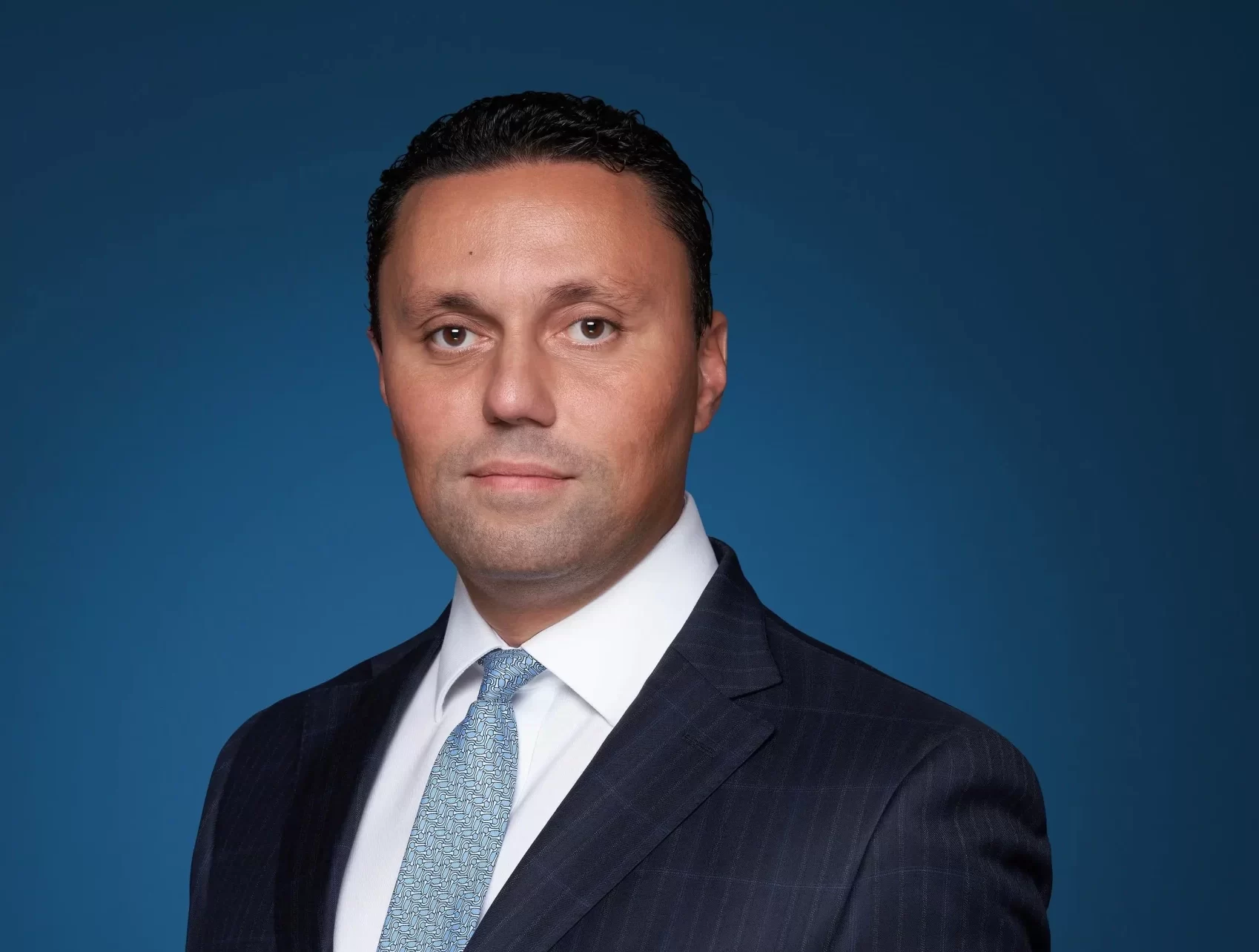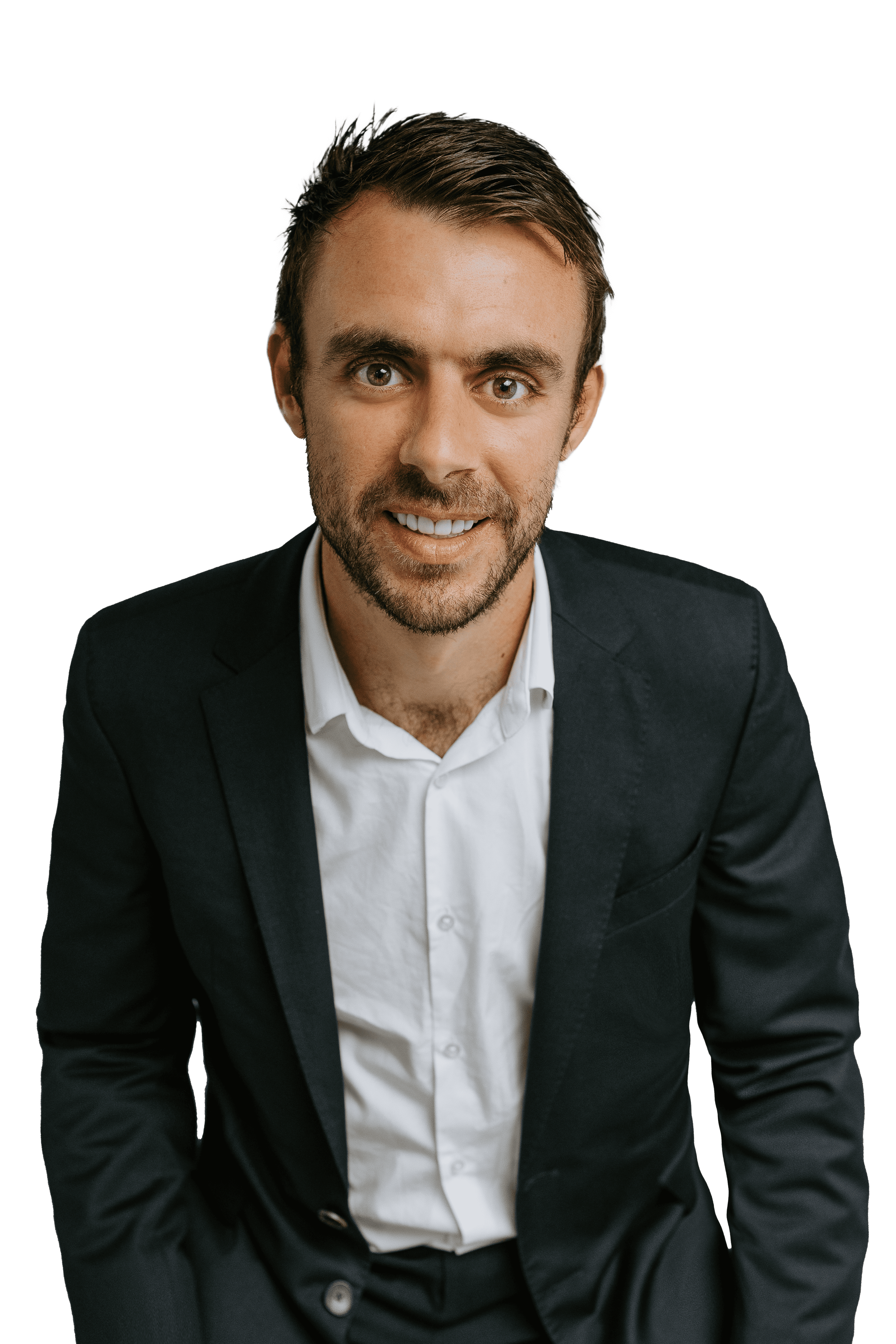The New Workday Dead Zone When Nothing Gets Done
Late afternoon, when many colleagues vanish, is why so many managers hate hybrid work
The 4 p.m. meeting is cancelled because half the team can’t make it. You send an email with what would have been the main discussion points, and the replies roll in through the evening and into the next morning. A consensus that could have been reached before dinner now forms the following day.
The hours that bookend the traditional close of business have become a dead zone at many companies, but employees aren’t just blowing off work to relax for the rest of the day. Workers say the 4-6 p.m. flex time they use to take a turn in the kids’ carpool, hit the gym or beat traffic often requires a third shift at night to finish the day’s tasks. They resent it when leaders assume they aren’t putting in eight or more hours of work, and they’re loath to relinquish the freedom to set their own schedules.
Despite the return of teeth-grinding commutes and overpriced lunches, lots of workers are sticking with the Covid-era habit of clocking out early and making it up later. By 4 p.m. on weekdays, golf courses are packed, according to a Stanford University study, as are many New York City restaurants.
Microsoft researchers have documented what they call a “triple peak” phenomenon in which workers’ keyboard activity spikes in the morning and afternoon, then a third time around 10 p.m. The tech giant predicts this pattern is here to stay.
In a recent, one-month sample of Microsoft Teams software usage, the share of virtual and in-person meetings scheduled between 4 p.m. and 6 p.m. was down 7% from a year earlier, despite widespread office returns.
Bosses can drag employees back to their desks, but good luck keeping them there until the end of a 9-to-5 workday or beyond. The 4-6 p.m. dead zone is one reason so many executives are cranky about hybrid work. They say it’s the hardest time to reach people, and things would be easier if everybody were present and accounted for in person, even though many workers seem to be leaving offices earlier, too.
The Price of Flexibility
Fungible hours are great for those doing the fungeing. For managers and co-workers, one person’s hiatus can be another’s headache.
“A lot of companies have taken a loose approach under the belief that we’re all adults, so everyone will be self-disciplined and stay motivated at whatever time they’re working,” says Albert Fong, vice president of product marketing at Kanarys, a maker of diversity-training software. “That’s just not true.”
Flexibility can be a trap that fuels our always-on work culture, Fong adds. Instead of powering through a late-afternoon gathering and being done for the day, he often finds himself refreshing his mobile inbox all evening or opening his laptop on Sunday to catch up on messages from colleagues who work whenever.
Colette Stallbaumer, general manager of Microsoft’s Future of Work initiative, sums it up: “How do we make it so that my flexibility isn’t your challenge?”
Ana Paula Calvo, an associate partner at McKinsey & Co., says she considers how shifting her hours can affect others. She sometimes works at night or on weekends to make up for bolting to daycare many weekdays at 5:30 p.m. At the start of any new project, she does a norm-setting session to let her team know there’s no pressure for them to work off hours.
“People know that if I get back to them at 11 at night, that doesn’t mean I’m expecting them to reply right away,” she says.
It Can Wait—Or Maybe It Can’t
Accommodating employees’ personal appointments—happy-hour yoga, a teen’s tuba lesson—can be necessary to recruit and retain top talent, several business leaders tell me. They add it sure makes getting a quorum at meetings tough, though. Others, especially child-free workers, complain that their workdays have become longer and less predictable since it became widely acceptable to take breaks during normal business hours.
Maria Banach, a pharmaceutical operations director in Oregon, says she sometimes wants to call a huddle to handle a problem, only to learn that someone on the team has gone offline for a couple of hours. That might not seem very long, but her co-workers are spread across several time zones and their overlapping business hours are limited. Issues can linger overnight when one or two people step away early, Banach says, and every day is precious. The drugs her company manufactures expire 17 days after production.
“Scheduling meetings has become difficult, and I’ve learned: Do it in the morning and never on Friday,” she says.
Some executives have accepted, even embraced, the reality that little gets done from 4-6 p.m. Anthony Stephan, chief learning officer of Deloitte U.S., says recorded tutorials are now a centrepiece of the firm’s professional-development program. Getting employees together for an end-of-the-day training session is seldom an option any more, he says. They hone new skills when they feel like it.
Stephan, a father of five, holds himself to a hard stop at 5 p.m. He initially worried that others would keep hustling after he called it a day, but he now realises others are winding down early or right on time. For emergencies, he tells his team to put #criticalnow in an email subject line. Most things can wait until after his 5:15 a.m. workout the next morning, he figures.
At Komet U.S.A., a South Carolina-based maker of dental equipment, meetings after 4 p.m. or on Friday afternoon are against company policy, except in special circumstances. Chief Executive Mercedes Aycinena, promoted to the top job last year, introduced those calendar blocks last fall after polling the staff.
Aycinena, who has about 100 employees, usually leaves the office at 5 p.m. to spend time with her three children and then resumes work later as needed. She lets subordinates shift their hours, too, and credits flexibility with helping reduce turnover from 50% to 15% over the past year.
“I hate meetings after 4,” she says. “My brain is done.”
 Copyright 2020, Dow Jones & Company, Inc. All Rights Reserved Worldwide. LEARN MORE
Copyright 2020, Dow Jones & Company, Inc. All Rights Reserved Worldwide. LEARN MORE
Chris Dixon, a partner who led the charge, says he has a ‘very long-term horizon’
Americans now think they need at least $1.25 million for retirement, a 20% increase from a year ago, according to a survey by Northwestern Mutual
Highlighting a significant recovery and robust growth across all key performance metrics.
Bank of Sharjah has released its results for the period ending 30 June 2024, showcasing robust performance and strong momentum since the beginning of the year. The Bank reported a net profit of AED 171 million, a significant turnaround from the AED 144 million loss in the same period last year.
This remarkable improvement is attributed to a substantial increase in net interest income, stringent credit underwriting, and reduced operating costs, marking a 233% increase over the previous year when excluding the one-time impairment charge from de-linking its Lebanese subsidiary.
The Bank’s exceptional financial results highlight the effectiveness of its strategic focus on sustainable growth, with notable improvements across all major performance metrics. Funded and unfunded income both saw increases, with net interest income rising by 108% and operating income growing by 34%.

Additionally, the cost-to-income ratio improved significantly to 40.1% due to cost discipline measures. The balance sheet remains strong with a loans-to-deposits ratio of 86.63%, indicating comfortable liquidity. The Bank also maintains strong capitalization, with a regulatory capital adequacy ratio exceeding 15% and Tier 1 and CET1 capital ratios around 14%. These positive results underscore the Bank’s underlying strength, operational efficiency, prudent risk management, and ongoing enhancement of shareholder value.
Commenting on the Bank’s results, Sheikh Mohammed bin Saud Al Qasimi, Chairman of Bank of Sharjah, stated: “We are pleased with our outstanding performance in the first half of 2024, which reflects our commitment to adding value to our customers, supporting our communities, and rewarding our shareholders. Despite the challenging geopolitical situation in the region, the UAE economy has remained resilient and continues to register healthy growth following various economic diversification initiatives that provide consistent impetus for trade, investment, and wealth creation. Bank of Sharjah has entered a new chapter with a new leadership team, focused on building new business streams, expanding our reach across the UAE and the region, and delivering exceptional service to our customers.”
He added: “Our performance in the first half of the year demonstrates the effectiveness of our new strategy, and we look forward to delivering continued growth in the years to come.”

The CEO, Mr. Mohamed Khadiri, commented “2024 has begun exceptionally well for Bank of Sharjah, with the bank achieving a record year-on-year profit. I am delighted with our stellar performance as we continue to strengthen the bank’s fundamentals. Our outstanding results reaffirm that our new business strategy is on track to deliver sustainable revenue growth, driven by business expansion, operational efficiency, prudent risk management, and talent development. This achievement is also a testament to the Bank’s success in providing high-quality financial services that meet the aspirations and growing needs of our customers.”
He further added: “Bank of Sharjah is a strong and respected brand within the local community. We are leveraging our core strengths to build a platform that will operate at its full potential across the UAE and the region. The Bank remains focused on executing our strategy and is well-positioned to maintain strong performance throughout 2024 and beyond.”
Chris Dixon, a partner who led the charge, says he has a ‘very long-term horizon’
Americans now think they need at least $1.25 million for retirement, a 20% increase from a year ago, according to a survey by Northwestern Mutual





















